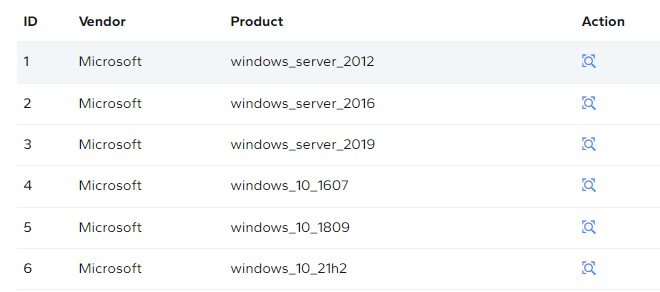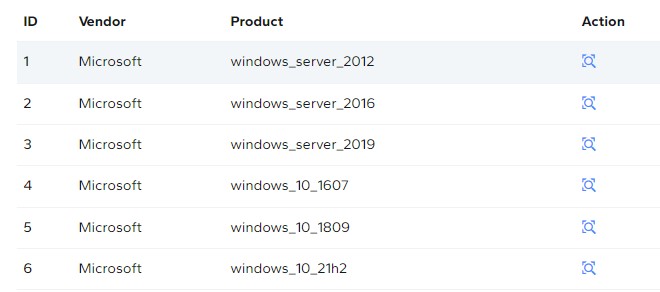Microsoft revealed that it had patched a critical SmartScreen zero-day vulnerability two months ago, during June 2024, on Patch Tuesday.
Hackers had been exploiting the flaw in the wild as a zero-day since March 2024.
More about the SmartScreen zero-day vulnerability
The SmartScreen zero-day is tracked as CVE-2024-38213. Hackers can exploit it remotely to avoid Windows’ SmartScreen protection measures and deploy malware on compromised devices.
SmartScreen protects users from suspicious software by flagging downloaded files with a Mark of the Web (MotW) label.
Researchers observed threat actors exploiting CVE-2024-38213 for the first time in March 2024. DarkGate used it to install malware that mimicked legitimate software: Apple iTunes, Notion, and NVIDIA installers.
Researchers said the vulnerability allowed the exploiters to copy files locally without using MotW. Exploiting CVE-2024-38213 requires the user to open malicious files.
CISA warned about the existence of this vulnerability in a recent advisory, among other 5 Microsoft flaws.
These types of vulnerabilities are frequent attack vectors for malicious cyber actors and pose significant risks to the federal enterprise.
Source – CISA advisory
CISA advises System Administrators to apply available updates as soon as possible to avoid a cyberattack.
[embedded content]
The silent patching of the SmartScreen zero-day
Microsoft released a patch for CVE-2024-38213 in June, but they didn’t issue an advisory for their users until August.
Prioritizing vulnerabilities is a critical and complex step in the patch management process. If Microsoft had announced earlier the existence of a zero-day in SmartScreen it would have urged System Admins to apply patches faster. Thus, they could have kept their systems safe from the vulnerability.
The list of impacted Microsoft products is longer than 10 items and you can see it here. Some of the affected products are:
- windows_server_2012
- windows_server_2016
- windows_server_2019
- windows_10_1607
- windows_10_1809
- windows_10_21h2
- windows_10_22h2
- windows_10_1507
- windows_server_2022

Source – CVEfeed.io
If you liked this article, follow us on LinkedIn, Twitter, Facebook, and Youtube, for more cybersecurity news and topics.


